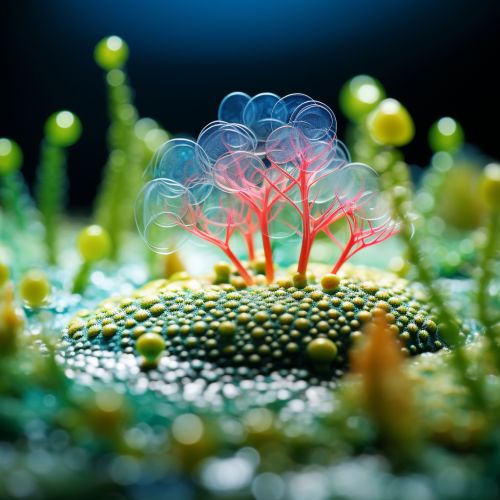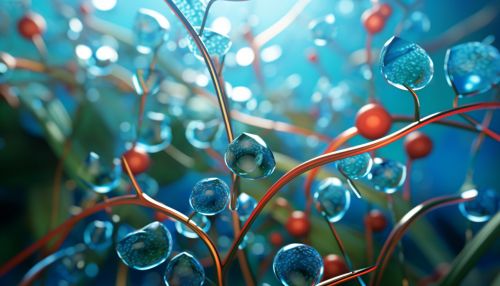Signal Transduction in Plants
Introduction
Signal transduction in plants involves a series of events that lead to a cellular response following the reception of a signal. This process is crucial in the life of a plant as it allows the plant to respond to environmental stimuli and regulate its internal processes. Signal transduction pathways are complex and involve numerous components, including receptors, secondary messengers, and effector proteins. Plant physiology studies have greatly contributed to our understanding of these pathways and their roles in plant growth, development, and stress responses.
Signal Perception
The first step in signal transduction is signal perception, which is achieved by receptor proteins located on the cell surface or within the cell. These receptors are capable of recognizing specific signals or stimuli, such as light, temperature, or chemical compounds. Upon signal recognition, the receptor undergoes a conformational change, initiating the signal transduction process. Receptor proteins are highly specialized and diverse, reflecting the wide range of signals a plant must perceive.


Signal Transduction Pathways
Once a signal is perceived, it must be transduced into a form that can bring about a cellular response. This is achieved through signal transduction pathways, which are series of biochemical reactions that amplify the signal and transfer it from the receptor to the effector proteins. These pathways typically involve secondary messengers, such as calcium ions or cyclic AMP, and protein kinases, which are enzymes that add phosphate groups to other proteins, altering their activity.
Calcium Signaling
Calcium ions are a common secondary messenger in plant signal transduction. Changes in intracellular calcium levels can be triggered by various stimuli, such as mechanical stress, temperature changes, or pathogen attack. These changes are sensed by calcium-binding proteins, which undergo a conformational change upon binding calcium and can then interact with other proteins to propagate the signal.
Protein Kinase Cascades
Protein kinase cascades are another common feature of plant signal transduction pathways. These cascades involve a series of protein kinases that phosphorylate and activate each other in a sequential manner, amplifying the signal at each step. The final kinase in the cascade often phosphorylates a transcription factor, leading to changes in gene expression.
Cellular Responses
The ultimate goal of signal transduction is to elicit a cellular response. This response can take many forms, depending on the nature of the signal and the cell type. For example, light signals can lead to changes in photomorphogenesis, while pathogen signals can trigger immune responses. Often, the response involves changes in gene expression, leading to the production of new proteins that can alter the cell's behavior.
Conclusion
Signal transduction in plants is a complex and dynamic process that allows plants to perceive and respond to their environment. Understanding this process is crucial for improving crop productivity and resilience, as it can provide insights into how plants respond to stress and how they regulate their growth and development.
